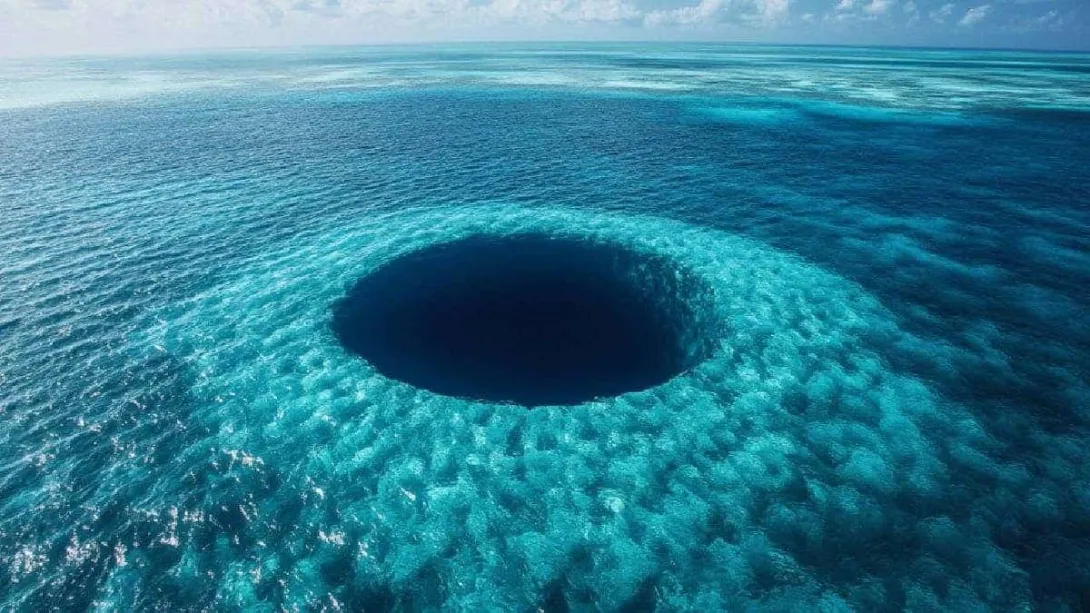After decades of scientific speculation, geophysicists have made a breakthrough in understanding one of Earth’s most perplexing geophysical enigmas—a massive gravitational anomaly beneath the Indian Ocean. Often referred to as the “gravity hole,” this vast region exhibits significantly weaker gravitational pull compared to surrounding areas. Recent research combining advanced seismic modeling and geological data now points to ancient tectonic shifts and submerged mantle plumes as key drivers behind the anomaly. The findings not only resolve a mystery that has puzzled scientists for over 75 years but also deepen our understanding of Earth’s internal dynamics and its evolutionary past.
---
A Geophysical Puzzle Decades in the Making
Located southwest of India, the Indian Ocean Geoid Low (IOGL) has baffled geoscientists since it was first observed in the 1940s. Satellite measurements revealed an expansive region, over 3 million square kilometers in area, where sea level dips by as much as 106 meters due to a localized reduction in Earth’s gravitational pull.
Despite multiple theories ranging from ocean currents to anomalies in Earth’s crust, none could fully explain the scale and persistence of this phenomenon—until now.
---
New Insights from Deep Earth Seismology
In a recent breakthrough, a team of geophysicists employed high-resolution seismic tomography and geodynamic modeling to simulate Earth’s internal processes stretching back 140 million years. Their models traced the movement of tectonic plates and underlying mantle structures that shaped the Indian subcontinent’s geological history.
According to the findings, the gravity hole is likely the consequence of ancient remnants of a now-subducted tectonic plate that once lay beneath the Tethys Ocean. These remnants sank into the lower mantle and disrupted the density structure beneath the Indian Ocean.
The region now sits atop a complex and anomalously low-density mantle composition, which reduces local gravitational acceleration—hence, the observed dip in geoid height.
---
The Role of the Indian Plate’s Northward March
Much of the anomaly’s origin is tied to the Indian tectonic plate’s rapid northward drift following the breakup of the Gondwana supercontinent. As the Indian plate collided with the Eurasian plate—forming the Himalayas—it left a trail of distorted mantle materials behind.
This geodynamic activity altered the convection patterns and density distribution deep within Earth’s mantle. Over millions of years, these subsurface processes subtly modified the gravitational field above, creating the IOGL we observe today.
The new research confirms that the low-density material beneath the Indian Ocean is both ancient and deeply embedded—ruling out more superficial or transient causes.
---
Implications for Earth Science and Climate Modeling
Beyond solving a long-standing mystery, this discovery has significant implications for geophysics, oceanography, and climate science. Understanding gravity anomalies helps refine satellite data used for mapping sea levels, ocean circulation, and polar ice melt.
Moreover, the findings contribute to a broader comprehension of how deep Earth structures influence surface phenomena, including volcanic activity, seismic behavior, and even plate motion dynamics.
The integration of mantle modeling with surface geoid measurements sets a new precedent for Earth system science, showing how seemingly unrelated geological layers are interconnected across space and time.
---
A Triumph of Interdisciplinary Science
The resolution of the Indian Ocean gravity anomaly is a testament to how far computational geophysics and Earth observation technologies have evolved. It highlights the importance of multidisciplinary approaches—merging data from seismology, plate tectonics, oceanography, and geodesy—to solve problems that once seemed insurmountable.
More importantly, it affirms that Earth’s surface is just the tip of a complex, dynamic planetary engine whose mysteries, though buried deep, continue to be unraveled with scientific perseverance.
---
Conclusion
By decoding the enigma beneath the Indian Ocean, scientists have not only resolved a puzzle that spanned three generations but also opened a new chapter in our understanding of Earth’s inner workings. The gravity hole, once a source of speculation, now stands as a striking example of how the planet's hidden depths still shape our surface world.

Comments